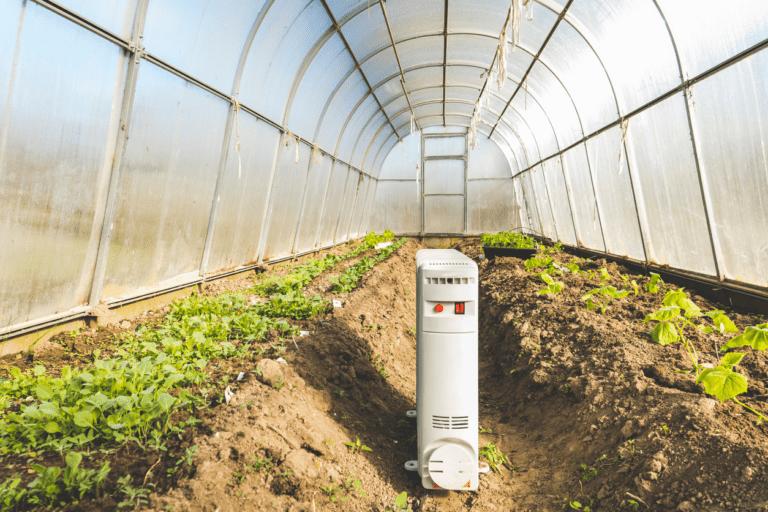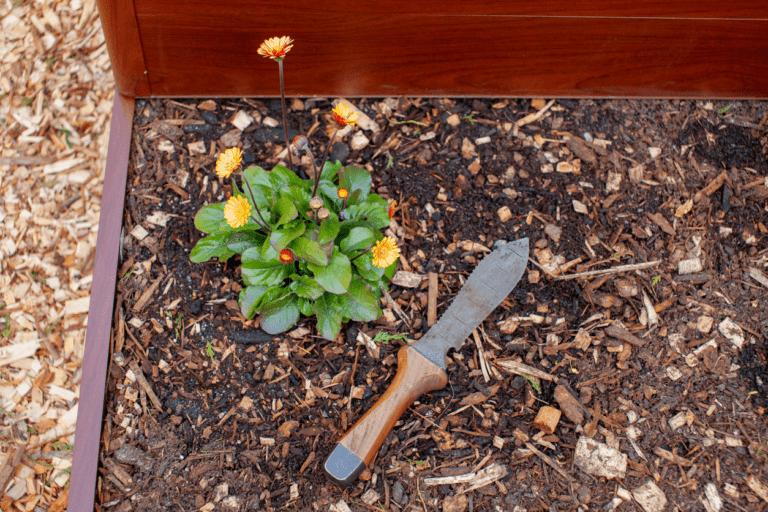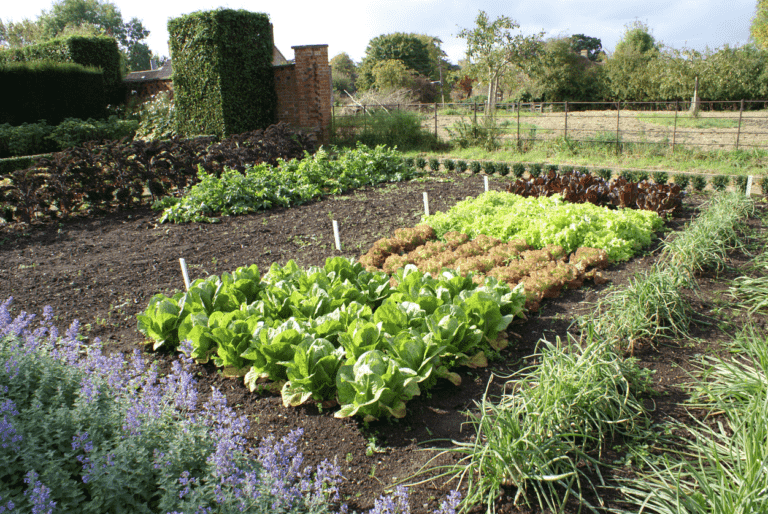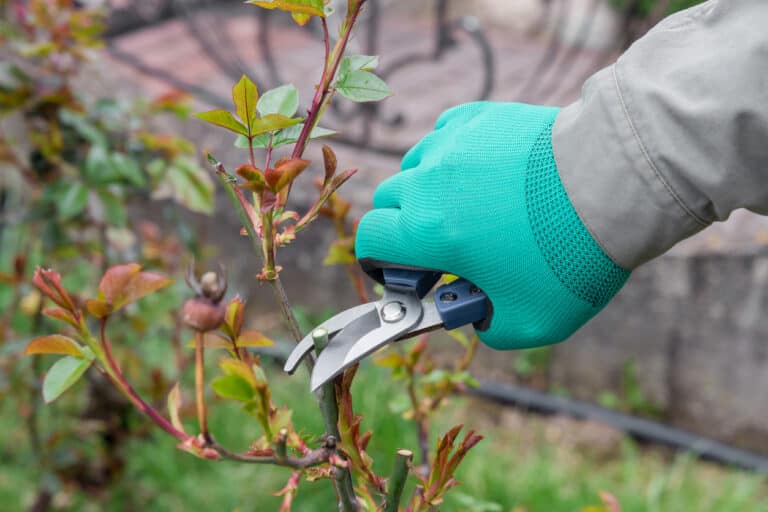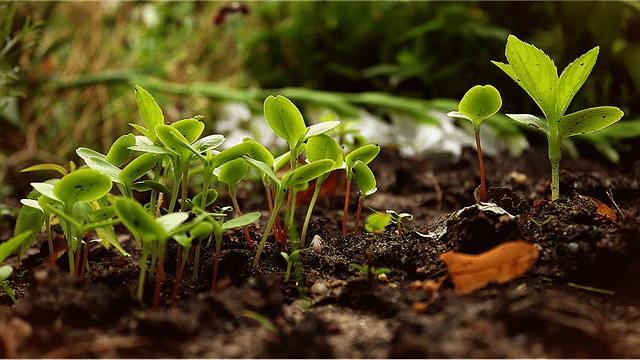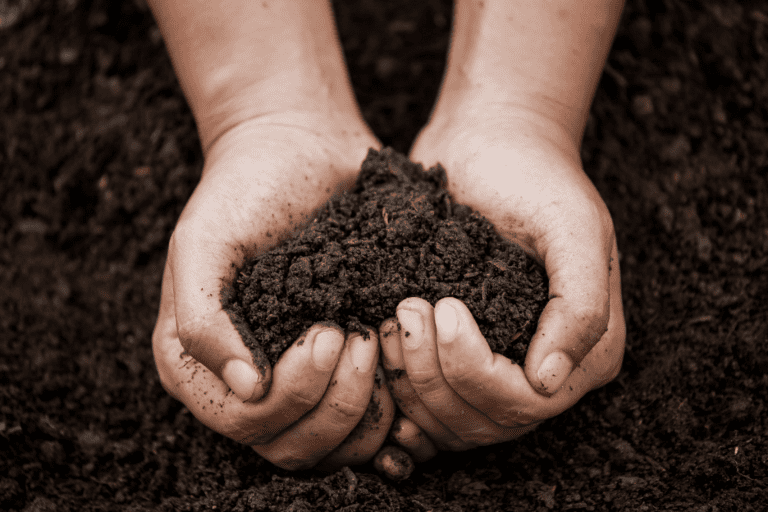How to Grow Romaine Lettuce? Best practices in 2023
In this article, we’ll talk about how to grow romaine lettuce. I will show you different ways of sowing romaine seeds and share my experiences growing them.
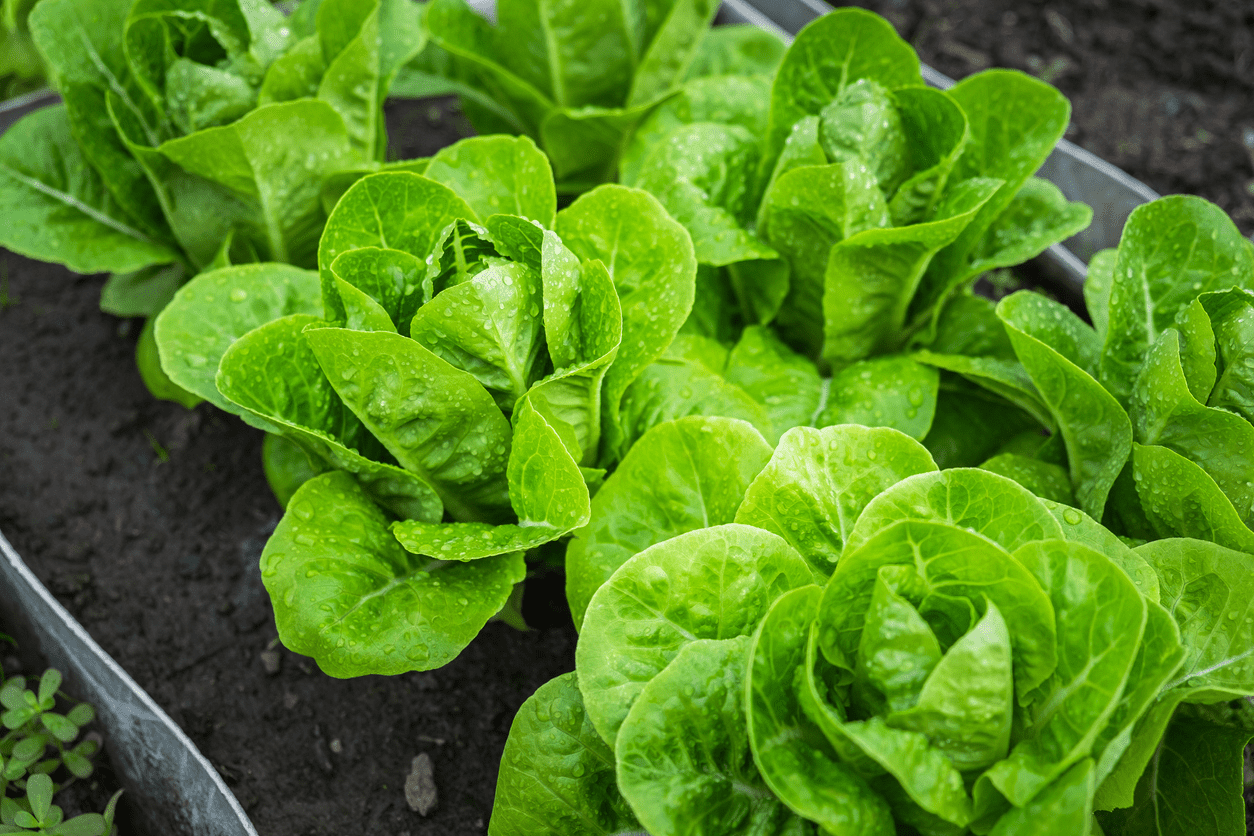
About Romaine Lettuce’s
Romaine lettuce, or cos lettuce, is a nutritious leafy green member of the lettuce family. It’s one of the most common types of lettuce. Romaine plants have crisp leaves and a mild flavor, making them ideal for salads. Romaine lettuce is particularly rich in vitamins A and K. It is also low in calories, as all other salads, with just eight calories per cup of shredded lettuce.
Using romaine lettuce for salads like Cesar salad is an obvious choice, but you can eat it in wraps or sandwiches. It can substitute bread for a healthier option in burgers. Romaine lettuce can also be grilled, roasted, or sautéed, releasing its mildly sweet flavor.
Why should you grow romaine lettuce?
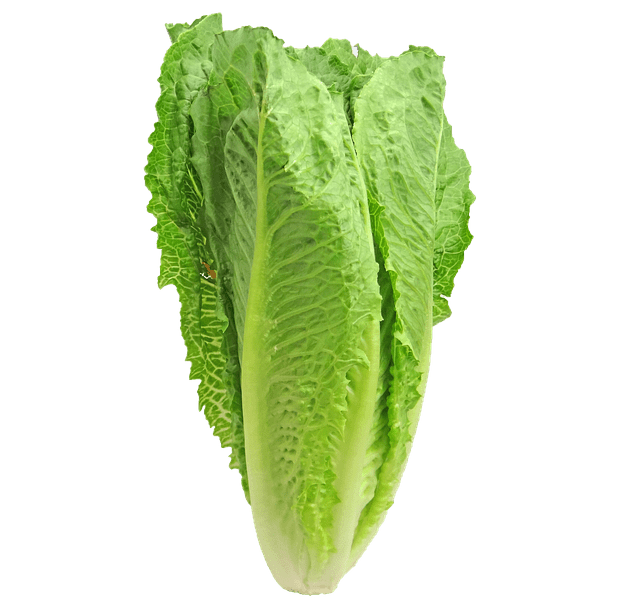
Here are a few key points for growing your own romaine lettuce.
Nutrition: Growing your own salad generally has higher nutrient density than store-bought.
Freshness: Once you harvest romaine lettuce, you can enjoy it in 5 minutes. It’s just not possible when you buy it commercially. Being a leafy green, romaine lettuce can lose its quality over time. The sooner you eat it after harvest, the better it will be.
Price: Growing romaine lettuce from seed is cheap. You can save a ton of money, and salad greens are generally easy to grow. You won’t need a lot of equipment to invest in.
Carbon footprint: According to https://lettuceinfo.org/, 80% of romaine lettuce in the USA is produced in California. Transferring it over the country has a huge carbon footprint and is decremental to the environment.
Should I grow romaine lettuce from seeds or plants?
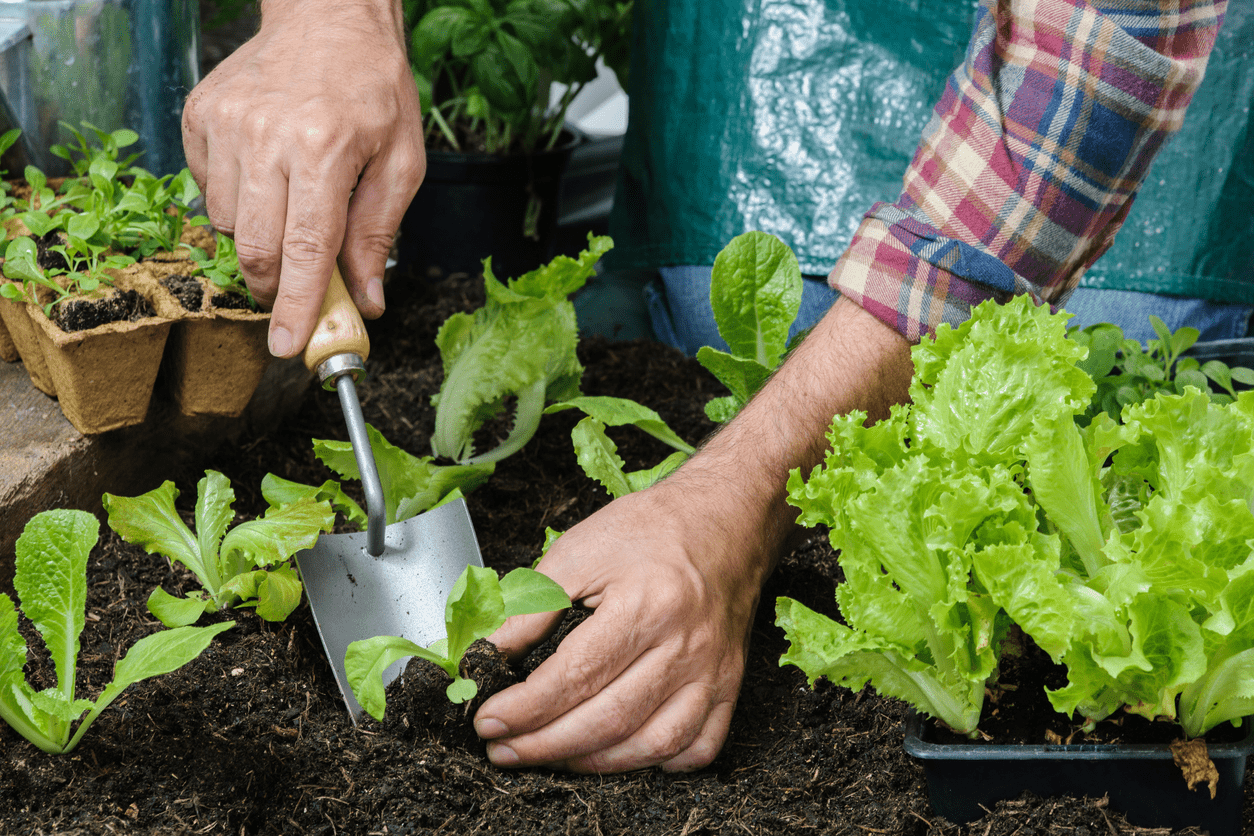
You have two main options for growing your own romaine lettuce. You can either start seeds yourself or go to a nursery or garden center and buy small plants you can transplant.
I suggest trying it from seed. If you somehow fail with that, or after trying it, you feel that this business is not for you, you can still buy young romaine plants. The biggest reasons are the price and the available varieties. If you buy small plants, you might find only one or a couple of types of lettuce, which might also be expensive. You can easily order seeds online or buy them at stores, and the variety selection is way higher. Depending on the variety, a pack of seeds will only cost a couple of dollars. At Johnny’s, nearly 50 types of romaine lettuce seeds are available.
How to Grow Romaine Lettuce from seed?
Growing romaine lettuce from seed should be an easy task. Here are the key points to follow.
Choosing season
Leafy greens are primarily cool-weather crops. There are heat-tolerant varieties of romaine lettuce, but most prefer colder temperatures. Plant romaine lettuce in the spring or fall for the best results.
Growing romaine lettuce in the summer is not impossible if you live in a hot climate. You have to provide some sort of shade to your plants. Shade cloth can be a good addition.
Location
Romaine lettuce usually needs at least 6 hours of direct sunlight daily. Planting your lettuce in partial shade can be a great idea. Especially in the heat of the summer, the afternoon shade can help avoid suffering from the burning sun.
Soil preparation for romaine lettuce
Lettuce plants are generally tender when young and have a shallow root system. The best soil for romaine lettuce is fertile, full of organic matter, and well-draining. You should remove all weeds, rocks, and residual debris from the planting area in advance. Leveling the soil can help even water distribution later when watering your lettuce plants.
Sowing romaine lettuce seeds
When planting romaine lettuce from seeds, you have different options. This article covers the three most common types of seed starting. Romaine seedlings tolerate all of them relatively well.
Direct sowing
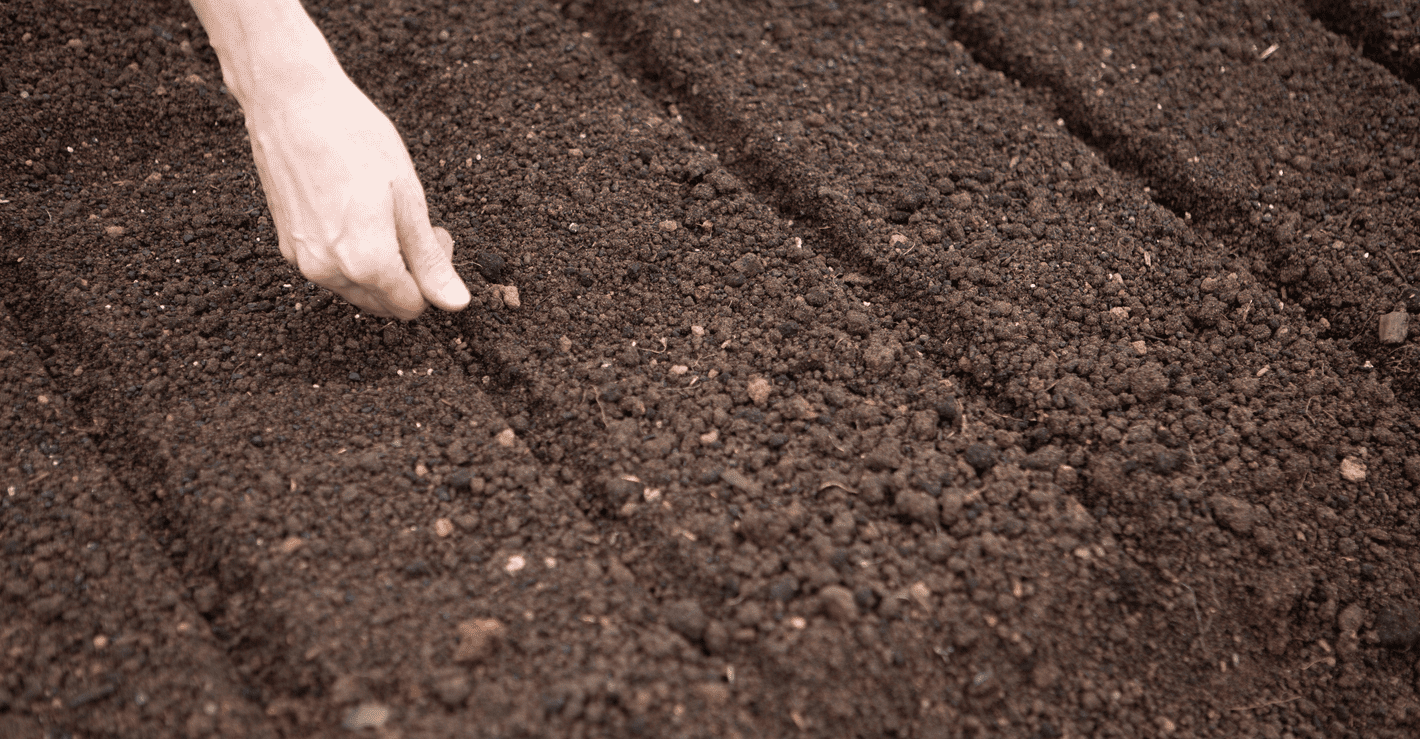
Direct sowing means putting romaine seeds directly into the ground or raised beds. To do this, create about a half-inch deep, parallel rows in the soil, 10 inches apart. Sprinkle your seeds evenly in the rows, remembering you must thin them later so you don’t have to pack them too densely. Cover the seeds with a light layer of soil and water them thoroughly.
If you direct sow romaine seeds, it’s crucial to don’t let them dry out. Check the soil moisture regularly and water it if needed. Drying your young seedlings might cause you to lose them.
Seedling trays
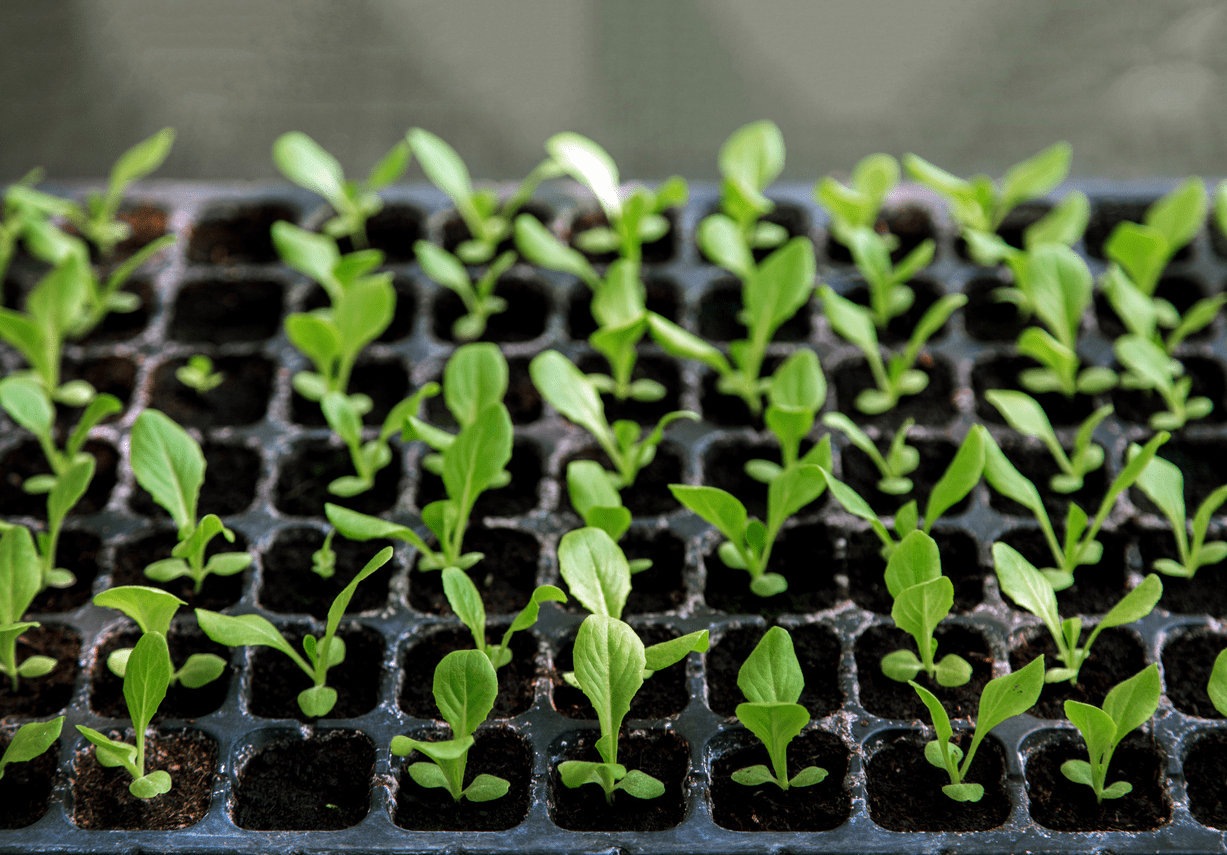
The most common way of starting romaine lettuce seeds is using seedling trays.
- Fill your tray with high-quality compost or seed starting mix. Apply a small top hole in each cell. Aim to sow 2-4 seeds per cell and cover them lightly.
- Once you finish, water thoroughly.
- Put the tray into a sunny windowsill, a heated greenhouse, or a nursery space.
- Check daily and keep your tray moist until tiny seedlings pop out.
- After about a week, you should see your young lettuce plants. At this point, thin each cell, only leaving one seedling per cell.
- After 3-4 weeks, your lettuce will reach the 3-4 inch size, which is big enough to transplant into the soil.
Pricking seeds
If space is a limitation for you, or if you start your seeds indoors in cold weather, you can use prickling. Fill a small pot or container with your seed-starting soil. Sprinkle lettuce seeds on top of it. Once it’s done, apply a small thin layer of seed-starting soil and water it. Once the romaine seedlings pop out, get a stick or something and prick out the seedlings one by one. You can put each tiny seedling into a seedling tray’s cell at this step. Be gentle with the tiny seedlings, but they can tolerate more than you think. This extra step lets you start hundreds of lettuce plants in a small pot. Once romaine lettuce seeds germinate, they can tolerate much lower temperatures. They can handle mild freezes as well.
Transplanting romaine lettuce
Once plants grow about 3-5 inches tall in the seedling tray, you can plant your romaine lettuce into the ground. Prepare the soil as described above. When thinking about spacing your plants, there are two different ways. If you want to grow romaine for mature heads, put holes in your rows 10 inches apart. Otherwise, if you plan not to wait until your salad forms head but rather pick the leaves before that, you can have holes much closer to each other. Put a plant in each hole and water them thoroughly in both cases.
Mulching and watering
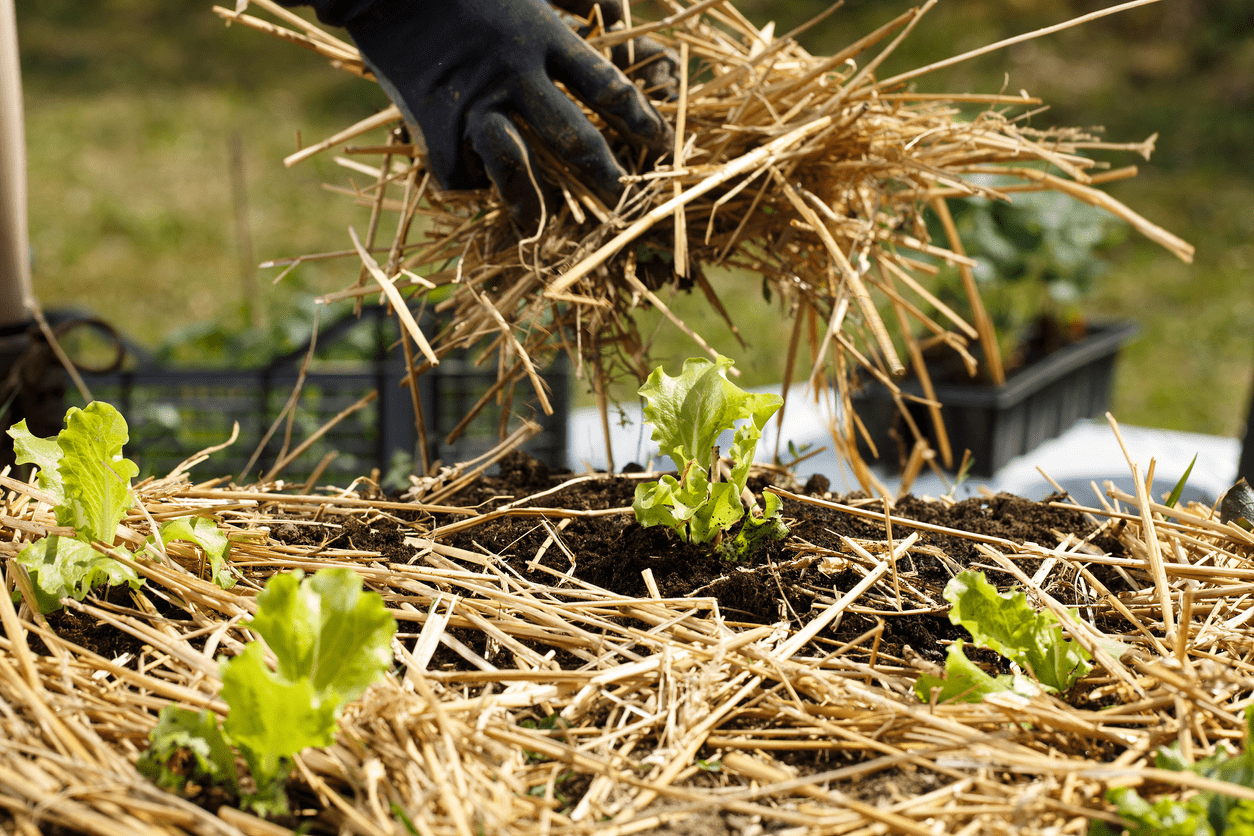
Romaine lettuce plants have shallow roots, so consistently moist soil is crucial. Leafy greens can dry out very quickly in the hot sun. Stressed plants tend to get bitter, and the overall quality can decrease. Romaine lettuces are tender plants; fine mulch, like straw or grass clippings, should cover the soil around them. Keep an eye on the soil’s moisture level. Putting your finger 1 inch deep into the soil should always be moist. Overwatering, on the other hand, can cause the rotting of your plants. A well-draining, high-quality soil can help correct the beginner gardener’s mistakes.
Harvesting Romaine lettuce
Harvesting romaine lettuce there are two main methods.
Picking heads
Picking heads means that you wait until your lettuce is completely mature. Dependent on the variety, it usually takes about 60 days. After the heads are formed, you cut the whole head once. If you leave the plant’s stem in the ground, it’ll most likely regrow so that you can get a second harvest.
Picking leaves
Picking leaves means you don’t wait until your romaine lettuce is completely mature. Instead of that, you regularly pick the outer leaves of the salad. This way, you prolong the lifespan of your lettuce, and the overall yield is higher. The minimum size of the picked leaves is totally up to you.
Can I grow romaine lettuce in containers?
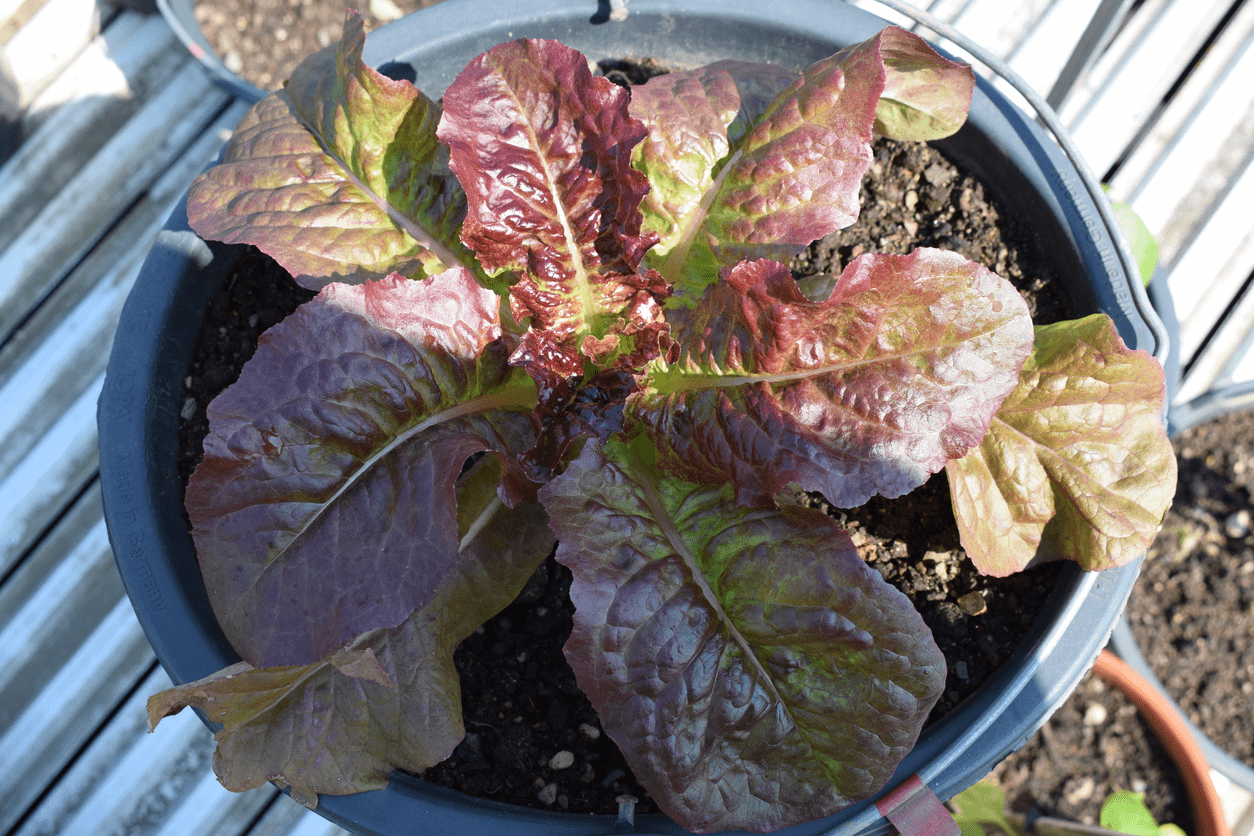
Yes, romaine lettuce is suitable for growing in containers. Since most lettuce variety has a shallow root system, your container’s minimal depth is around 2-4 inches. Remember that smaller containers tend to dry up quicker in hot climates. They might be watered multiple times a day during the summer.
Can I grow romaine lettuce indoors?
Absolutely. Growing romaine lettuce indoors is possible. Choose a sunny windowsill or a place that gets even light during the day. Use a container at least 3-inch diameter and 4 inches deep. Make sure you use high-quality potting mix and fertilize regularly.
How long does it take to grow romaine lettuce?
Each variety can have a different day to mature, but most will be around 60 days. When sourcing your seeds, keep an eye on the seed packet. Usually, they put this info there.
Final thoughts
Growing romaine lettuce, there’s not only one right way. Salad greens are considered easy to grow and ideal for all gardeners. If you mess up something, you can start it over since you can grow multiple wawes of lettuce in a growing season. You don’t have to wait another year to try again.
I hope this article helps you understand the basic techniques, so you can figure out what works best for your situation.
Happy growing!

